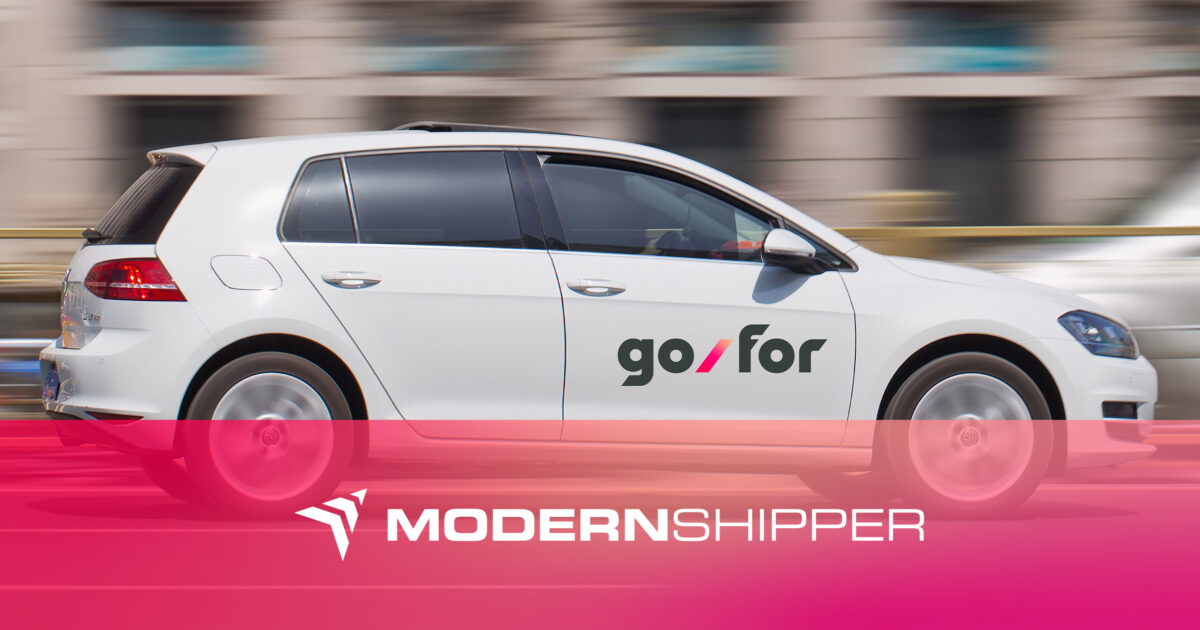GoFor launches carbon-negative last-mile offering: Renewable Delivery

The freight industry is in the midst of a paradox. Customers want more goods shipped faster than ever before, but they also want shipping methods that are sustainable and environmentally friendly. The problem is that there’s often a trade-off between those demands.
“The time in transit has a direct relationship to the environmental impact,” said Patrick Browne, director of global sustainability at UPS. “I don’t think the average consumer understands the environmental impact of having something tomorrow versus two days from now. The more time you give me, the more efficient I can be.”
According to data from FreightWaves and Commercial Fleet, a single truck has the same carbon footprint as 14 people do in a year: a staggering 223 tons of carbon dioxide emissions. But the industry as a whole? Passenger and freight transportation churned out 1.87 billion metric tons of CO2 equivalent in 2018, according to the Environmental Protection Agency, accounting for roughly 28% of U.S. greenhouse gas emissions that year. And all of that is beforethe pandemic-induced same-day delivery craze prompted carriers to adopt environmentally harmful practices, either willingly or unwillingly, to catch up to demand.
Same-day last-mile provider GoFor hopes to solve the paradox of speedy and sustainable freight with its new strategy, Renewable Delivery, announced on Tuesday. The strategy boasts 10-for-1 carbon offsets, meaning GoFor purchases 10 miles of offsets for every mile its vehicles drive, and it will offer smart packaging, smart technology solutions and a fleet of zero-emissions electric vehicles to create a more efficient and eco-friendly last mile.
“The idea is to turn the clock backwards versus just making it neutral,” CEO Ian Gardner told Modern Shipper. “Our vision is to make cities livable; that’s really what we’re all about. And the commercial trucks are the largest polluting segment of transportation. If you don’t solve the commercial problem, you can’t solve the big problem.”
going negative can be a positive
Gardner points to two trends that highlight the problem. One is that last-mile delivery is increasing rapidly, with an estimated compound annual growth rate of more than 15%. The other is that commercial vehicles are orders of magnitude more polluting than passenger vehicles.
Continue Reading on ModernShipper
media contact
Nicole Cheffey
vice president marketing
